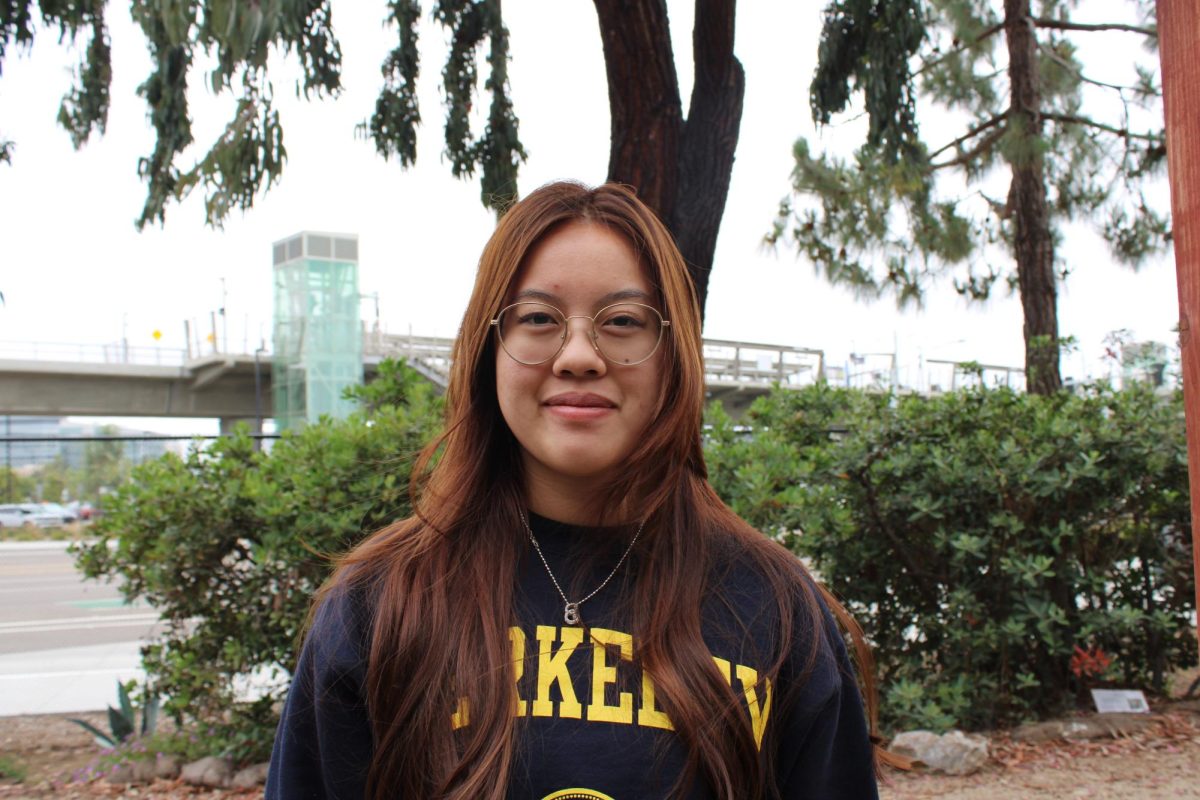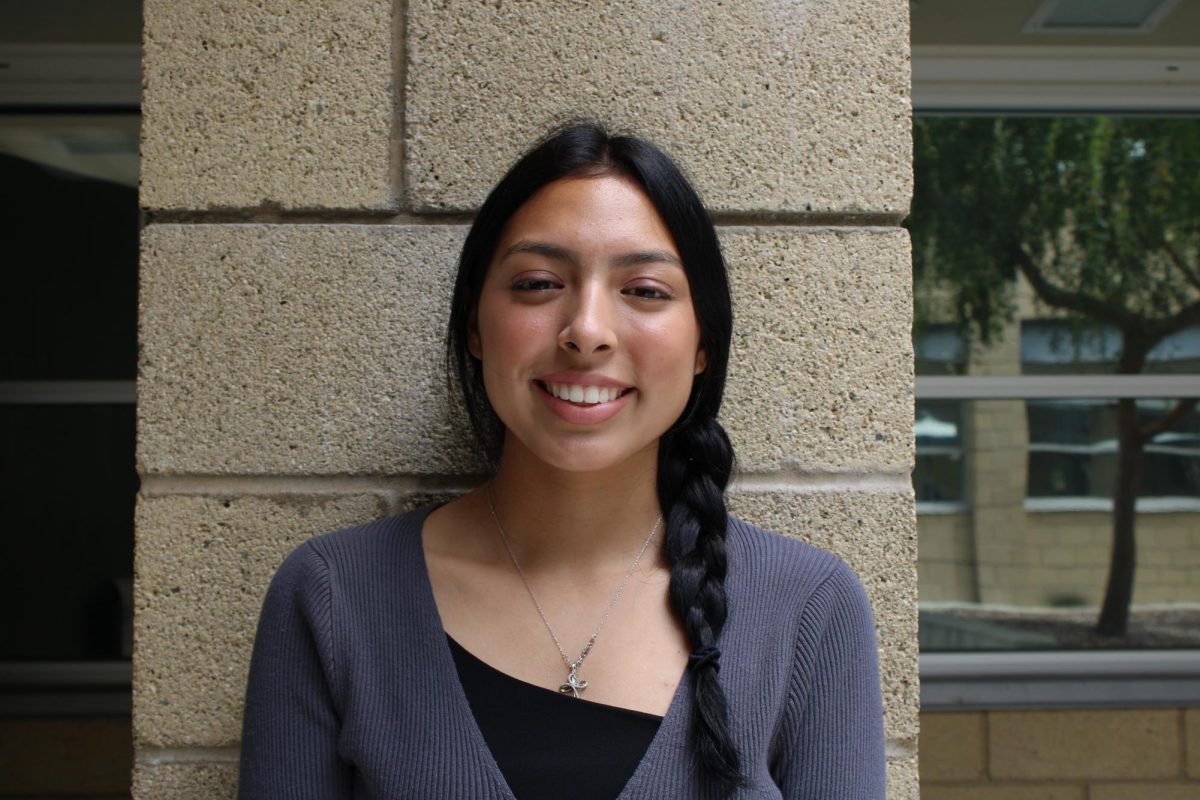The idea of daylight saving is about giving people a larger amount of daylight in the afternoon. This is done so that people can spend the time doing something worthy and beneficial to their day. The first person that brought up the idea was Benjamin Franklin, but modern daylight saving was first proposed by George Hudson in 1895. This idea was used by most of the world mainly during WWII or due to it. Daylight savings time is used for the purpose of saving energy and having an extra hour of light. The most common type of daylight saving is moving the time one hour behind and then forward at specific times. This saving of daylight has been shown to create beneficial results. However, daylight savings does not work because it is not serving its purpose and it increases health risks.
The idea of daylight saving was to bring light for the people in the afternoon when the sun sets too early, like when the sun sets at four or five PM. But since the invention and spread of lightbulbs and other forms of lighting people don’t need the sunlight to do work but can use the electrical light. The other purpose was to save money and resources during the wintertime due to the sunlight in the afternoon that was suspected to help lower the amount of energy used. However, in the United States the amount of money and resources used is more than the other months. This is due to the increased amount of electricity, heating, and air conditioning used during the afternoon.
However, some people state that the point of daylight saving is to experience the sunlight in the afternoon. This transition of adding light and time to the afternoon breaks the circadian rhythm. It is a cycle that the body knows internally if it has been a whole day. The circadian rhythm is hard to repair and produces jet lag. The jet lag takes from a couple of days to a whole week to sync up to the time zone that they are in. These are just the easily observed symptoms that are easily resolved.
The symptoms that are more serious and last for the entire time of daylight saving time include more sleepiness, slower reaction times, and lack of attention. However, the more heavy symptoms include an increased risk of strokes, heart attacks, and inflammation. There is another significant symptom which is the worsening of mental health during the daylight savings months. This is mainly thought to be from a cycle of loss of sleep leading to a reduction of productivity then to increased stress, and finally back to the loss of sleep.
The U.S. government has been arguing about daylight savings time due to its consequences. The argument is between keeping daylight savings permanently, having the transition between each other, or removing it completely. They came to this decision because of the problem that arose with daylight savings. There are groups of people that support all types of systems. These systems include Standard time/normal time, Permanent daylight savings time/adding one more hour, adding two hours, 20 minutes, and 30-minute of daylight savings time. The U.S. government had tried to use permanent daylight savings time during the energy crisis of the 1970s. However, the people complained about deep darkness in the morning so the government stopped it.
The US government has two states Arizona and Hawaii that do not use daylight savings time. This is due to the state of Arizona opting out due to the immense heat during the day. Since the state of Hawaii is close to the equator they do not need daylight saving at all.
Currently, the idea of daylight savings is something that over sixty percent of the people in the U.S. want to remove. The main thing stopping the removal of daylight savings time is the fact that it has been going on like this for many decades. Even though it is causing health, economic, and social problems.
People-Hate-Daylight-Saving-Science-Tells-Us-Why-Scientific-American-Daylight-Saving-Time-Is-the-Worst–The-dark-side-of-daylight-saving-time-Harvard-Health-7-Things-to-Know-About-Daylight-Saving-Time-Johns-Hopkins-COUNTERPOINT-Advantages-abound-with-changing-clocks-twice-a-year-The-Never-Ending-DST-Debate







